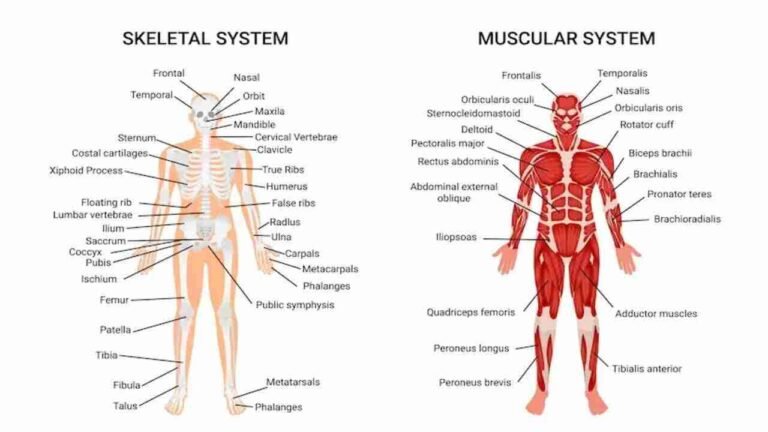Breaking the Silence: Understanding Taboos and Cultural Norms Surrounding the Penis
April 23, 2024

The Silent Hero: Understanding the Urinary Function of the Penis
April 23, 2024

The Crucial Role of the Penis in Reproduction: Understanding Its Importance
April 23, 2024

Shame Around Body Parts
April 23, 2024

शरीर के अंगों की समझ: हिंदी में व्यापक गाइड
February 28, 2024

Understanding Normal Body Temperature: A Guide for People in India
February 28, 2024

Understanding the Human Body: A Comprehensive Guide to Body Parts
February 28, 2024

The Incredible Adaptability of the Small Intestine: Insights from Nature Communications
February 28, 2024











